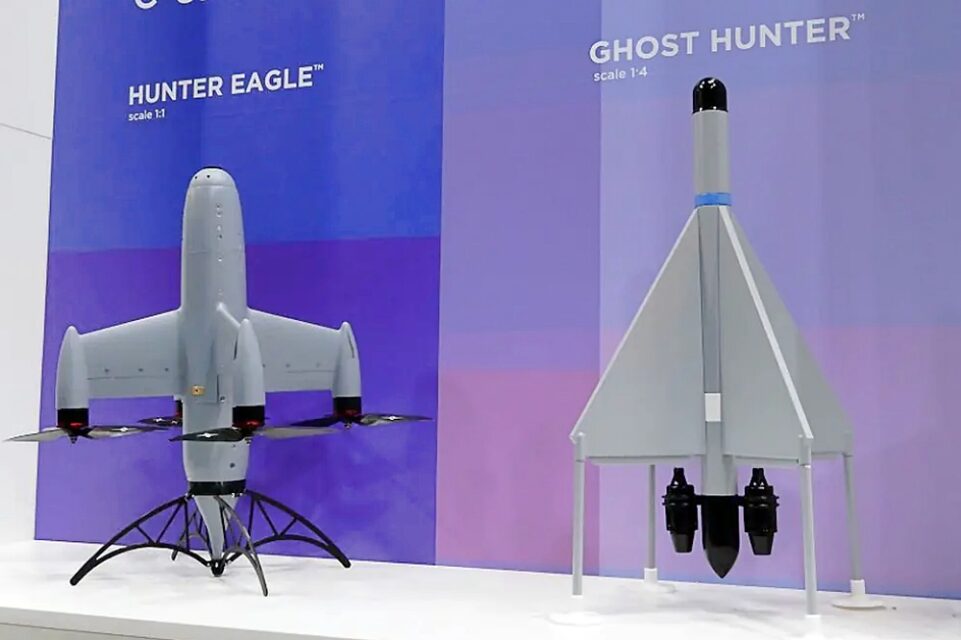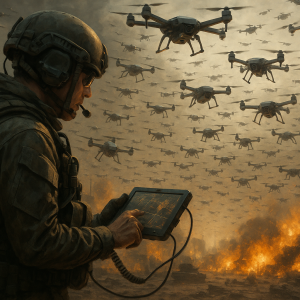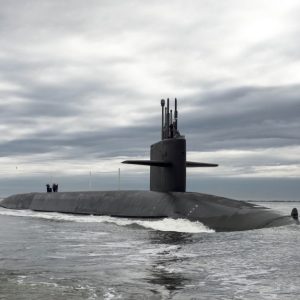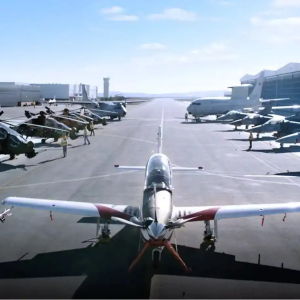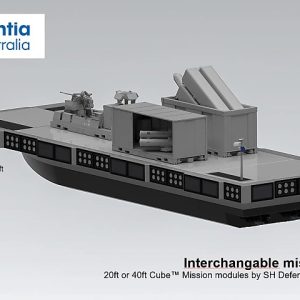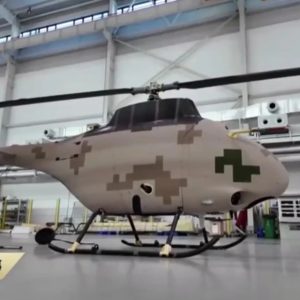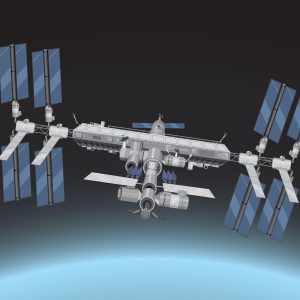Rafael counter-UAS systems have entered a new phase with the debut of Hunter Eagle and Ghost Hunter drones at DSEI 2025 in London. The Israeli company aims to reinforce its position as a leader in layered drone defence, addressing the surge of UAV threats on the battlefield.
This launch signals a shift in how militaries view air defence. Instead of relying only on jamming and lasers, Rafael now deploys drones as counter-drones.
Rafael counter-UAS systems build on Drone Dome
Rafael already fields the Drone Dome suite, which combines radar, EW-SIGINT, an electro-optical sensor, jammers, and a command centre. It can track drones up to 3.5 km away in all weather.
To stay ahead of the growing drone challenge, Rafael upgraded Drone Dome with a 10 kW Lite Beam laser and Samson weapon station integration. But the company also recognised the need for mobile effectors. The new Rafael counter-UAS systems Hunter Eagle and Ghost Hunter fill this role.
For related layered-defence strategies, see Türkiye’s Steel Dome system which follows a similar multi-layer model.
Hunter Eagle: safe VTOL interceptor
The Hunter Eagle is the smaller of Rafael’s new counter-UAS systems. It is a vertical take-off and landing (VTOL) drone, weighing only 5–10 kg and standing about 0.5 m high.
It features cruciform wings with tip-mounted electric motors and a nose-mounted electro-optical seeker. Once locked, it flies autonomously toward its target. Crucially, it has no explosive payload, reducing collateral damage and making it safer for use in populated areas.
The drone can return to base and land vertically if the mission is aborted. It can also be deployed in swarms, multiplying its effectiveness against mass UAV incursions. Rafael plans demonstrations by late 2025, with deliveries expected in 2026.
Ghost Hunter: jet-powered member of Rafael counter-UAS systems
The larger Ghost Hunter adds speed and payload to Rafael’s counter-UAS systems. A 1:4 model shown at DSEI indicates a full-scale mass of 50–60 kg and a height of 1.4–1.6 m.
It carries a nose-mounted RF radar under a radome and uses twin turbojet engines for propulsion. These engines give it about double the speed of Hunter Eagle. Its larger size allows more payload flexibility, though exact endurance and range remain undisclosed.
Rafael expects the Ghost Hunter to complete its first live tests in 2026, with mass production starting in 2027.
Strategic role of Rafael counter-UAS systems
By introducing Hunter Eagle and Ghost Hunter, Rafael expands its counter-UAS systems into true multi-layer defence. Drone Dome covers detection and classification, Lite Beam lasers provide direct neutralisation, and now UAV-based interceptors extend the response into the sky.
Analysts expect AI integration in both drones, enabling autonomous flight paths and swarming tactics. This autonomy will help militaries counter increasingly fast and unpredictable threats in urban and contested environments.
Outlook
Rafael counter-UAS systems will likely attract global buyers, particularly NATO members facing mass drone attacks. Hunter Eagle suits ground forces seeking a low-cost, low-risk tool. Ghost Hunter, meanwhile, offers high-speed interception for more advanced threats.
Together, they highlight a shift toward drone-versus-drone warfare as a defining element of modern air defence.
Key Facts
- Rafael counter-UAS systems expanded with Hunter Eagle and Ghost Hunter.
- Hunter Eagle: 0.5 m VTOL, 5–10 kg, EO seeker, no explosives, swarm-capable, demo late 2025.
- Ghost Hunter: 1.4–1.6 m, 50–60 kg, turbojet engines, nose radar, demo 2026, deliveries 2027.
- AI-driven autonomy likely in both.
- Designed for urban and contested environments.

